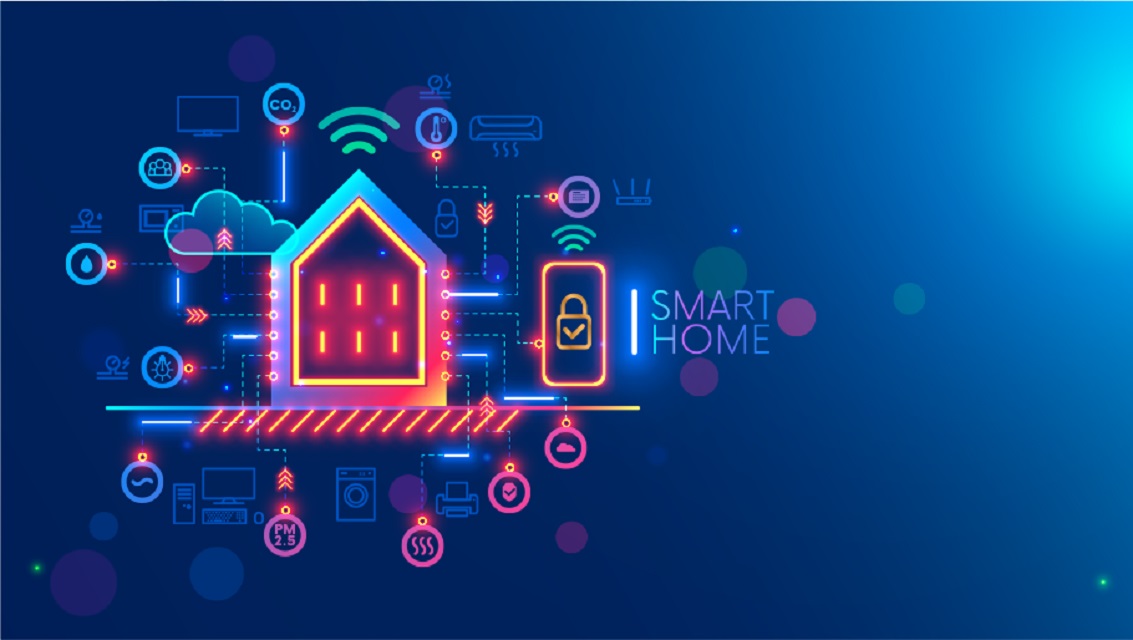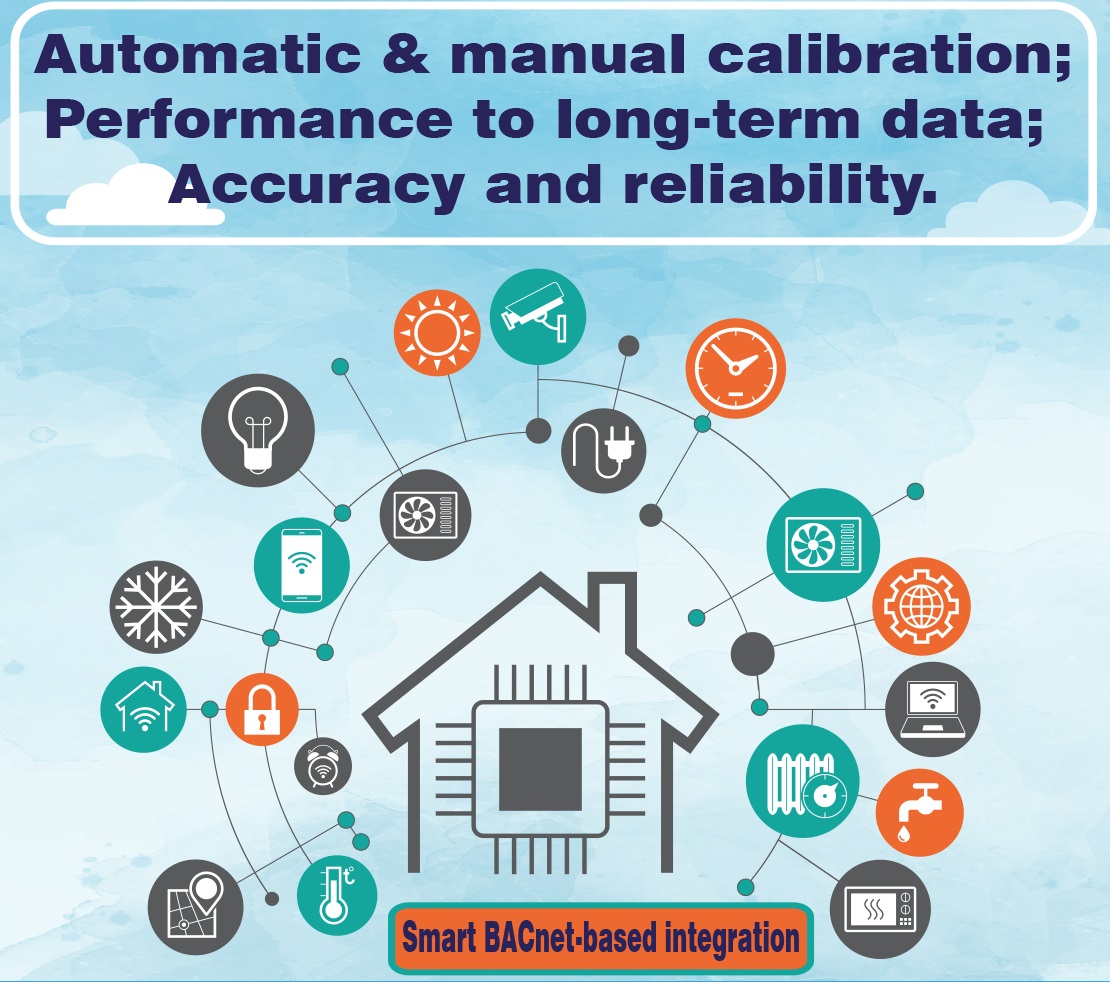The lighting system offers an excellent platform for building automation systems (BAS) offers a reliable power grid that the various components can tap into, the cameras and sensors can be integrated into the physical housings of the lighting fixtures, which streamlines the design, specification, and installation of the building automation system.
A multi-sensor combines multiple environmental sensors into one piece of equipment offering building automation systems an accurate view of an interior space, without requiring all of the different, individual sensors that would clutter up the ceiling. There are multi-sensors available that combine temperature, humidity, motion, sound, and light sensing, enabling this one solution to offer HVAC, occupancy, and day-light control from one device.
An indoor air quality (IAQ) monitoring system continuously monitors real-time data for several types of harmful indoor air factors that include carbon monoxide (CO), carbon dioxide (CO2), fine suspended particulates (PM2.5), suspended particulates (PM10), formaldehyde (HCHO), Ozone (O3), and Total Volatile Organic Compounds (TVOC). The quantity of ventilation air at outside air intakes can also be measured to validate the quality of the air being drawn into the interior.




